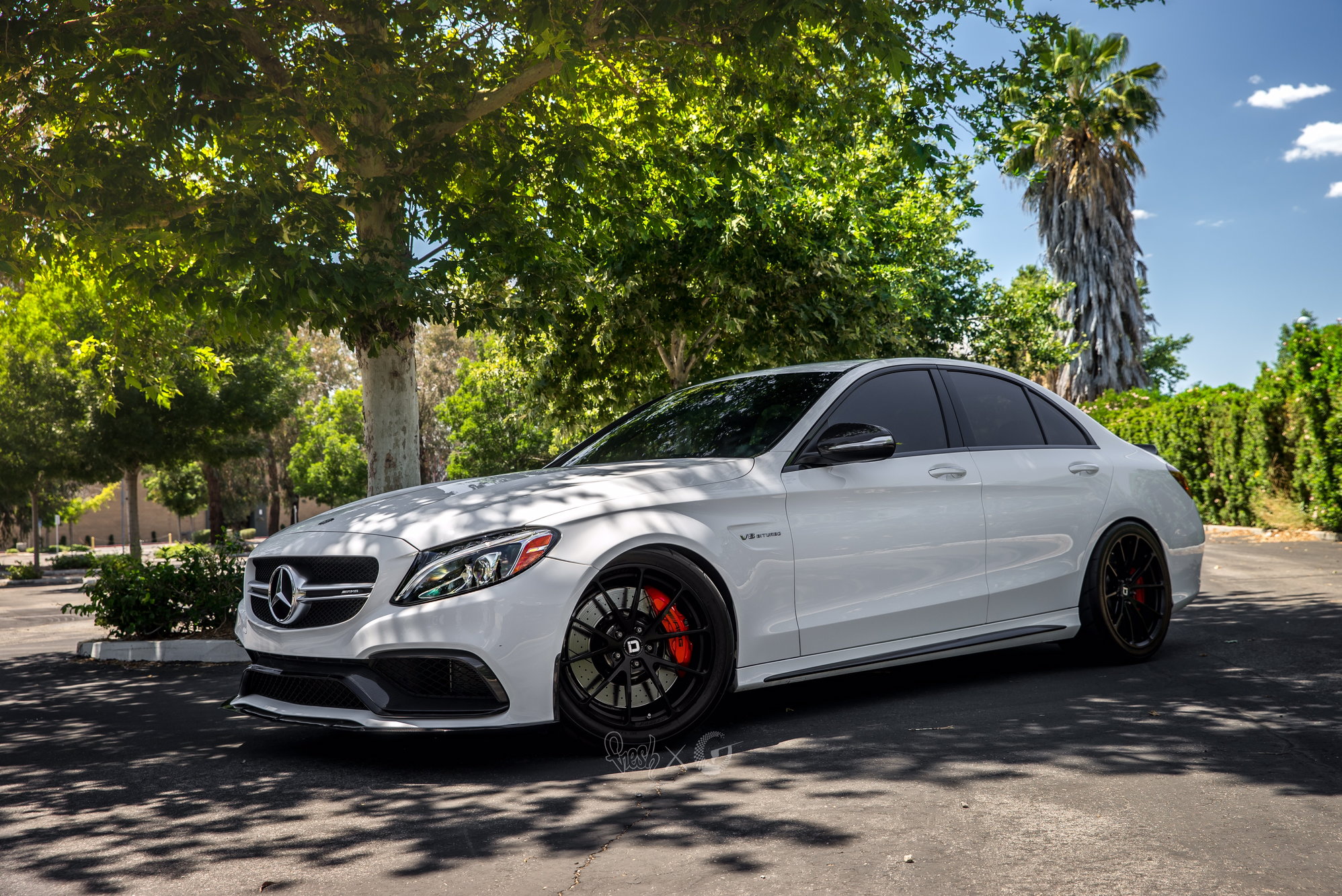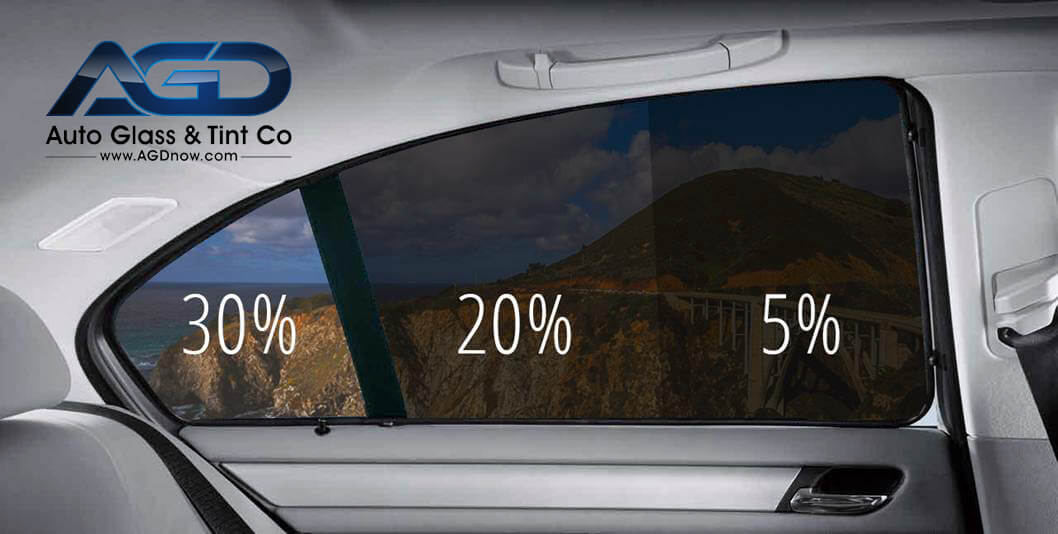

Tint percentages windows#
Your business may be able to one day power itself from its windows and a bit of sunlight. There are even some experimental window glazes and tints infused with photovoltaic cells that allow a building to power itself with the sun's energy with its windows alone.Īs time progresses who knows what the future will hold for window tints and films. Some may work best for your business or home while others may be a bit too avant-garde for your taste. There are new forms and styles of window tints coming out all of the time. It provides a business with a high degree of privacy and security. This form of window tint may be most appropriate for buildings in the security, law, or education sectors. Tints such as mirror-glass reflect the sun's rays and also make it impossible to see inside unless a passerby cups their hands and puts their face right up against the glass. Several forms of window tints may be most appropriate for your business. Protecting the windows at your place of business is just as important as protecting the ones at your home.
Tint percentages install#
Only they have the tools and know-how to install a tint on your car's windows.
Tint percentages professional#
To get your car's windows tinted, you need to contact a professional that specializes in automotive tinting. This helps keep your car's interior cool and comfortable during even the most sweltering of summer days. Window tints can help alleviate the sun's effects.

This is great for hotter climates such as Florida where the sun's brutal rays can heat the interior of your car to unsafe and uncomfortable temperatures. In this way, window tints are an important stock safety feature.Īutomotive tinting also provides you with beneficial heat blocking properties. This is the reason why most cars come with a factory tint pre-installed on the upper reaches of the windshield and sometimes other areas. In addition to privacy, window tints also provide you protection from sun glare. The darker your tints, the more privacy your tints will provide you. The amount of privacy correlates to how dark your tint percentage is. The first of these is privacy because tints obscure the view of the interior of your vehicle from passerby's. Having tinted windows in your vehicle affords you multiple benefits. This will help you from running into any unwanted legal snafus. Make sure to research the shade percentage limit of your state and any other states you plan on driving through. The lower the number, the darker the tint. The tint darkness is determined by the term vlt (visual light transmission). Some states allow you to tint only certain windows such as the rear ones and most don't allow a significant tint on your windshield. There are different levels or percentages, which can range from 5 to 90. Most of the limits hover around 30% tint which obscures most of the interior view from the outside. You can have a professional use their machine or purchase one of your own if you really want the extra peace of mind.Every state has different laws regarding the percentage of window tinting shades an automobile's glass can legally have. For a more accurate answer, there are also window tint testers available for a small cost. Sound confusing? Don’t worry! When you work with a qualified installer, they’ll likely be able to tell what your window tint percentage is just be looking. In this case, applying a 5% tint means that 4% of outdoor light will get in. To figure out how much light comes through, multiply the two together: Take a look at this example.Īssume you’re going to apply a 5% window tint to glass that already has an 80% VLT. If it’s important to you to know how much light actually comes through, you’ll have to do some math. Most of the time, the un-tinted glass has a VLT of approximately 80%. It’s complex because the “clear” glass that comes from the factory is almost always not actually completely clear. The percentages referred to above refer to “visible light transmission” or VLT. While this has been fairly straightforward so far, there’s one more complexity. Vehicles that come from the factory with pre-installed window tint typically fall in the 15-20% range. 5% tint – extremely dark with little to no visibility, commonly used in limousines and illegal on most other vehicles.

20% tint – often the best option for privacy, it’s possible (but difficult) to see through this even if you’re up-close.35% tint – gives a darker appearance that creates a smooth and stylish look, but is still easy to see through.50% tint – blocks half of the light from coming in, keeps out heat, protects against UV rays, and reduces glare – all without creating much of a darkened look.Some of the most common window tint percentages you’ll hear about include: To keep things simple, it helps to remember that the lower the number, the darker the tint is going to be. A 35% tint is actually lighter since it allows 35% of the light in. A window that has 20% tint allows 20% of light to come in. One of the most important things to understand about tint percent is that it refers to the amount of light that comes in, not what’s blocked out.


 0 kommentar(er)
0 kommentar(er)
